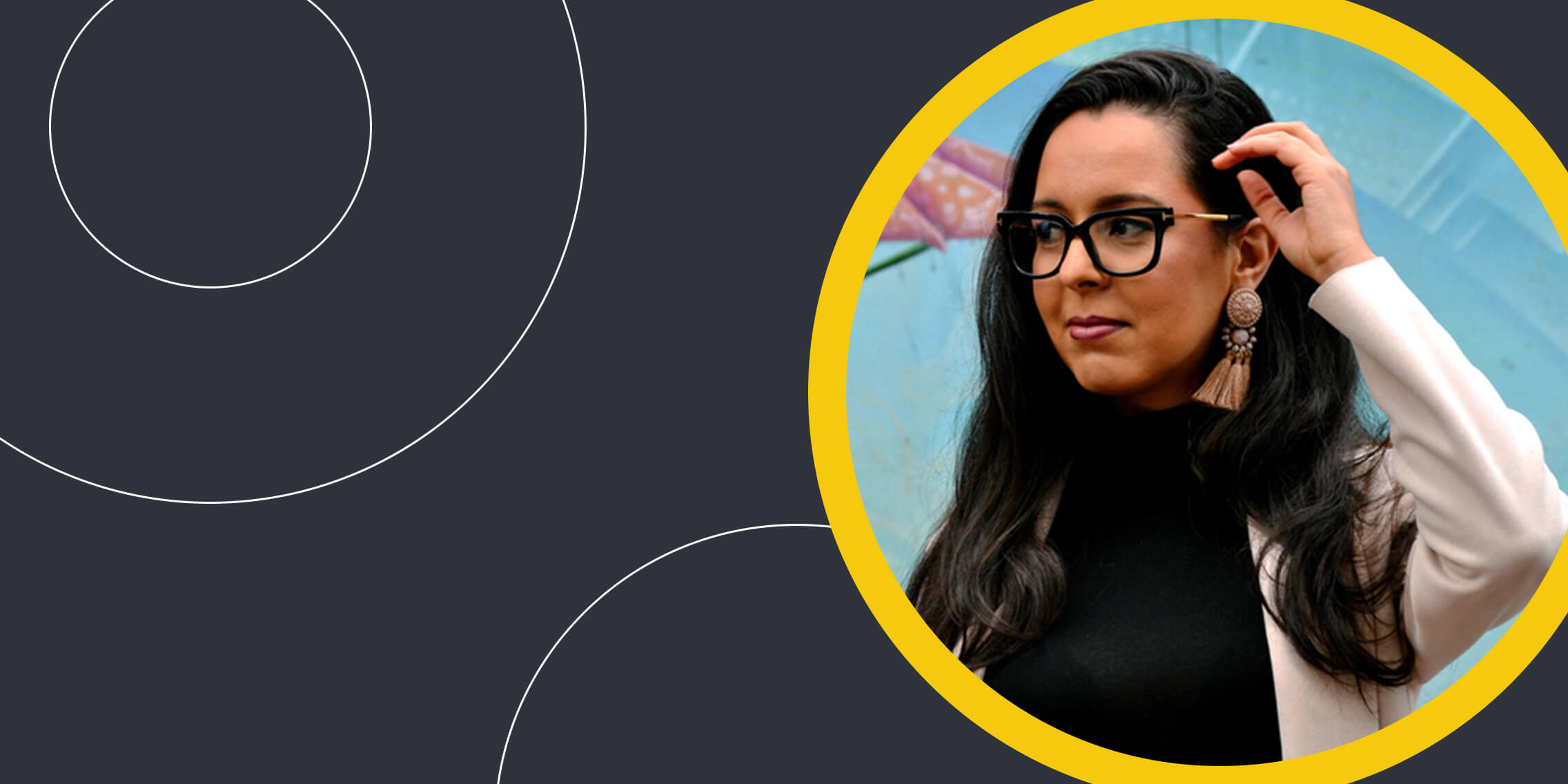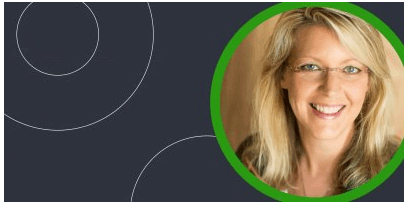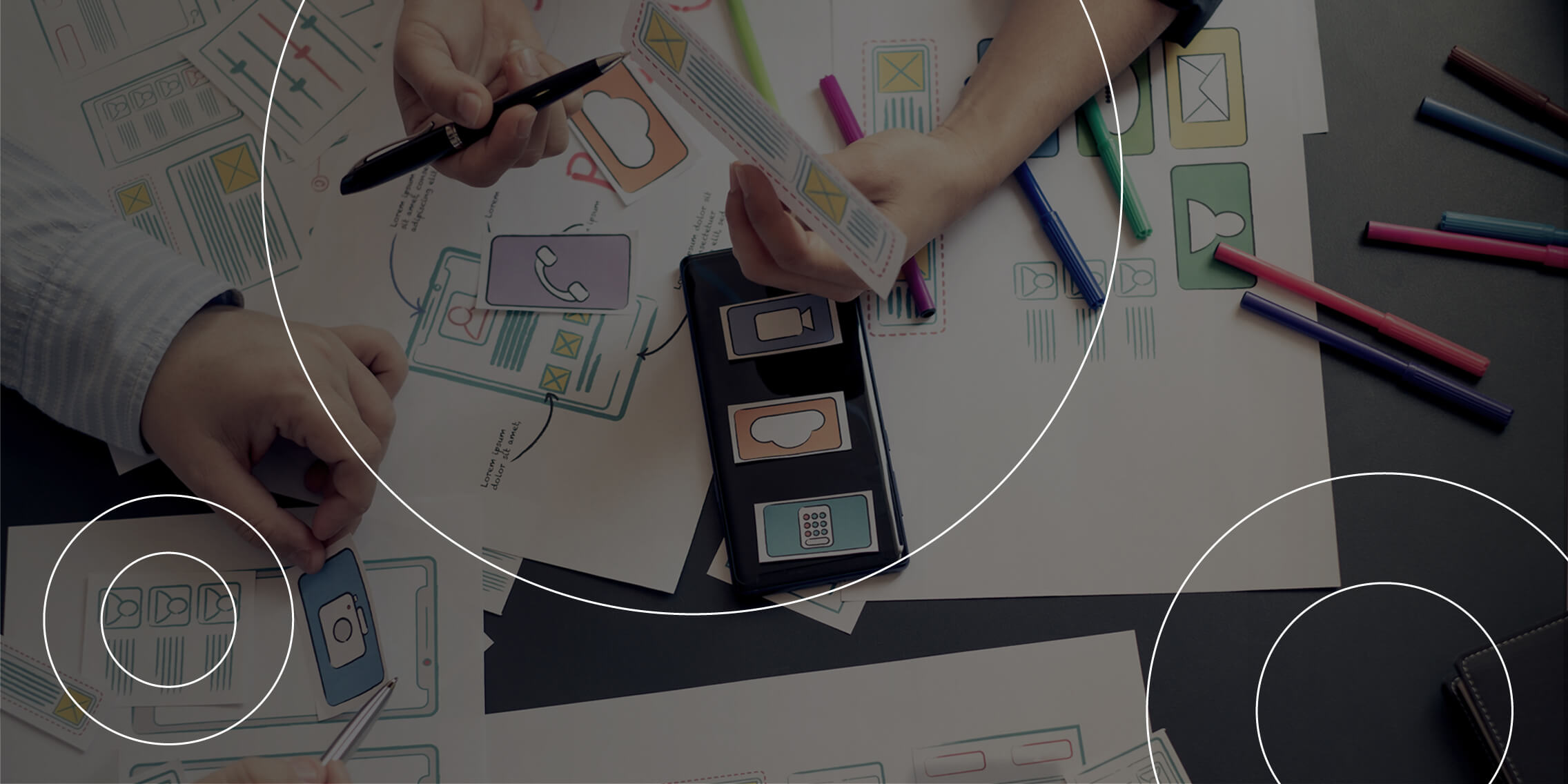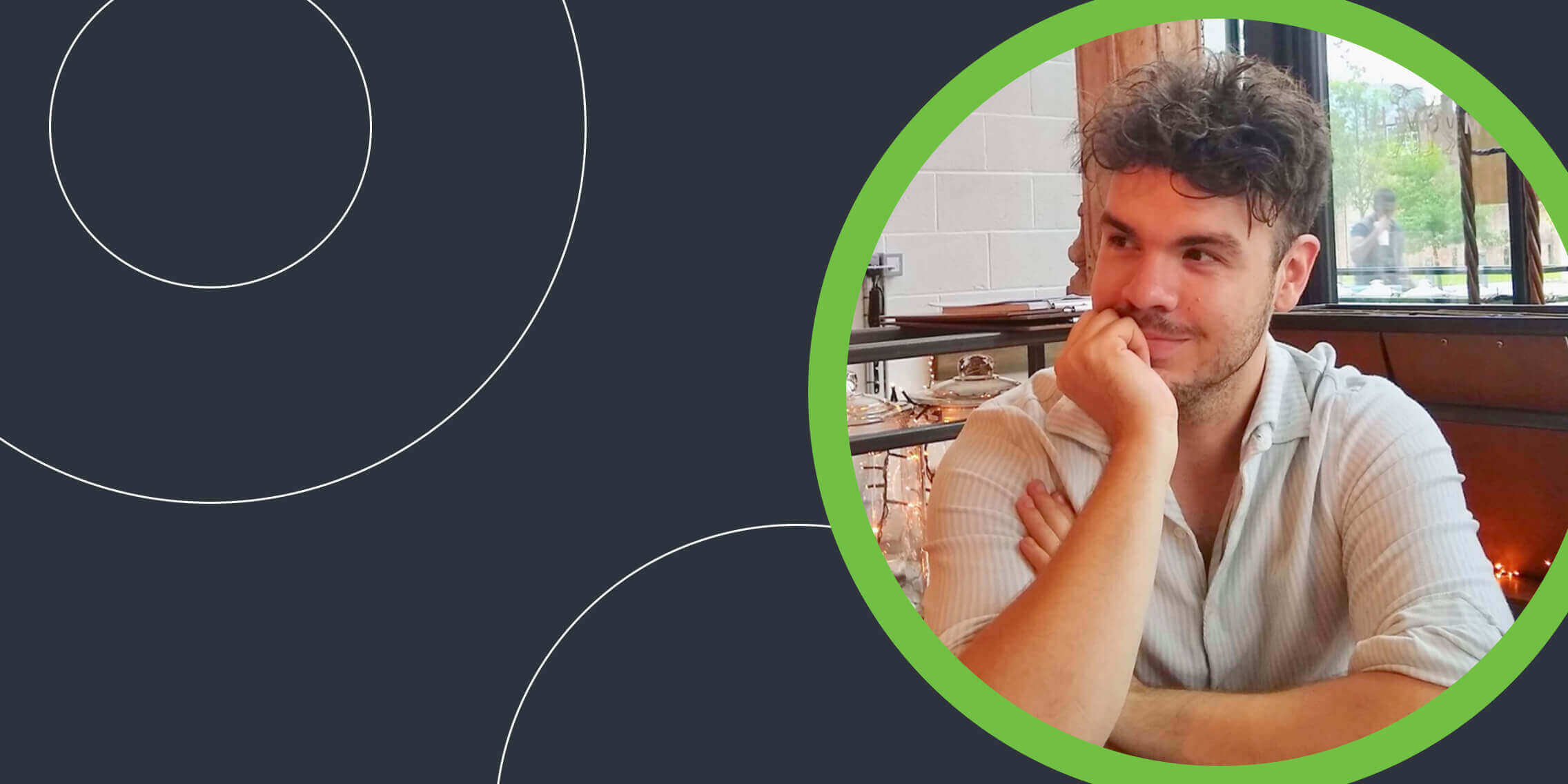Sarah Fathallah is an independent social designer and researcher. She uses her passion for global development and design to tackle important social issues. In this interview, she discusses what social design is, how to be more critical and ethical as a designer, and the importance of mentorship in UX.
Tell us about your career background
I studied liberal arts and focused on social sciences and political sciences – I was pretty much a nerd about Middle Eastern and North African studies. I then went on to study finance, which I did not enjoy! So, I moved to a more creative, hands-on design programme in Paris.
When I graduated, I wanted to apply the tools of design to global development.
I wanted to work at the intersection of the social sector and design. My first roles always had one or the other but I really wanted to work on both.
I couldn’t find full-time work because most organisations where I wanted to work couldn’t sponsor my visa as an immigrant or didn’t have positions that fit my profile. Because of the funding of the social sector, I decided to go freelance, even though it felt risky!
I’ve freelanced for the last five years. I work with impact driven organisations like non-profits, social enterprises, and government agencies in areas like healthcare, education, child welfare, and financial inclusion.
What is social design?
I define social design as applying design methodologies to the social sector.
I try not to use terms like social impact or social change because I’ve worked with people whose speciality is impact measurement, and know not to make claims about the impact that design processes have unless there is rigorous evaluation suggesting otherwise.
What is freelancing like?
I love it so much. I don’t know if I’d do anything else! Learning from my colleagues and the communities that we engage with keeps me on my toes.
I can go from learning about sesame farming in Myanmar to the use of tech by volunteers on electoral campaigns in the US to access to abortion information in Ghana. I feel so lucky to get to be transformed by these different worlds!
On another level – I have more agency to say no to as a freelancer compared to working in an organisation. I can have a set of moral questions when approaching certain projects and decide whether or not the engagement is the right fit for me, my skillset, and my values.
What critiques do you have of the design industry?
I question if we are involving communities in our design in a fair, equal and healthy way. I’ve seen examples of work, including my own, that have failed to do so. They generally fall into one of three buckets.
The first is the potential for design to be triggering or traumatising, especially when discussing sensitive topics and asking design participants to recall painful memories.
The second is the extractive nature of design. When you engage with communities, the designers are getting more out of it in terms of access to people and information. Designers also get the fame, credit, awards, and authorship for the work.
The third bucket is this power imbalance between experts and community members. Both are needed to solve problems, but sometimes the experts are the only ones being paid. This can perpetuate imperialistic and neocolonial undertones in how we work.
I’ve come across numerous examples of these throughout the years and I’ve also been involved in them. It didn’t feel right.
We were taking methods that were first used in the commercial space and just blindly applying them to the social sector. We need to question how they are going to fall short considering the complexity of the issues in this space.
Sarah discusses her work with NYU’s Design Thinking Roundtable
How can UX professionals be more critical and ethical?
I cannot provide anyone with a checklist of “the right way” to do design. It’s about developing what social scientists refer to as critical reflexivity.
Practising critical reflexivity means questioning my own assumptions and place in the world:
- How does my identity (race, class, gender, educational attainment, etc) influence my understanding of the world?
- What biases and assumptions are we bringing?
- What power and privilege comes with our role in this process?
- How can we shift that power?
- How do we name and acknowledge our privilege, and use it in service of communities?
Have a critical view of how you’re doing the work and how it can cause harm.
What are you currently working on?
I’m working on multiple projects at the moment, and it can get hard to juggle them.
In one project, I’m working with a non-profit called Think Of Us to reimagine the experience of accessing and using adolescent programs while being in foster care in Washington State.
It involves a lot of design research. We’re now looking at what interventions might improve the system. Some of them will be technology-based, so that’s where UX design will kick in. I work with other designers, researchers, subject matter experts, and lived experts.
I lost all of my freelance work at the beginning of the pandemic because it was so field-based. I’m grateful that I was able to find work as we all started adjusting to this new reality.
How developed is social design?
Social design, especially with Victor Papanek’s writings, has been around since the 1960s. It feels as though it’s being named a lot more in the last decade.
I try to critique how we’re taught to practice UX and service design and offer alternatives by looking at adjacent fields. One place to look is in the social sciences.
There’s also a lot of research being developed around tech and equity in terms of critiquing deceptive design patterns, algorithmic biases, privacy abuses, and other unethical tech examples. That’s another lens to draw from to improve our design practices.
What skills do you need to do your job?
So many! There’s obviously the technical skills of being a designer and researcher.
Facilitation is another skill that’s I feel is overlooked in design education overall. It’s important to know how to read the room, understand power dynamics, track things that happen in group settings, and be fluent in that.
Writing is another one. I’ve worked with enough designers to know that not everyone loves to write. Meanings are communicated through words, not just visuals. Having the ability to work with words is paramount.
What are the biggest challenges of your role?
Being a freelancer gets lonely. As much as I enjoy freelancing, it gets to a point where I miss bouncing ideas off other colleagues and benefiting from a team’s collective wisdom.
I’ve worked hard at building my own circle of professional friends. We don’t necessarily work on the same projects, but we discuss the challenges that come up in our field.
What’s the social design community like?
There are many professional and affinity groups out there. Design Gigs for Good is one that I co-founded with a friend of mine, Mollie Ruskin. There’s also the Design Justice Network.
Then there are communities that I’m part of based on affinity, that may not necessarily be social design-focused. I’m part of the Queer Design Club for example. I know some of my friends are in groups or collectives like Blacks Who Design, Latinxs Who Design, Women Who Design, etc. See what resonates and join whichever group that brings you a sense of community.
And don’t feel like you have to stay if it doesn’t help you. I’ve tried many groups that felt great on paper, but ended up leaving for one reason or another.
Tell us more about Design Gigs for Good
Mollie and I started it back in 2017 because there were no job boards at the intersection of design and the social sector. We made a Google Group for our friends and professional relationships and it just blew up. People kept signing up to receive job alerts and we felt the pressure to keep adding new opportunities. It’s a little more self-managed now.
It has also evolved into a Slack community for everyone interested in our space. We share ideas, events, resources, answer questions and all of that. It’s pretty wonderful.
Watch Sarah’s talk on conducting research with vulnerable communities
Any advice for those hoping to break into UX?
There is such high demand for UX design talent. I think it’s a matter of honing your skills, creating a portfolio, being thoughtful about the work, showing that you understand the process, and working with organisations who will support you.
I’d generally recommend seeking some form of mentorship or supervision starting out. Avoid positions where you’d be the only designer if it’s your first job.
For people who want to work in the social sector, it’s important to consider that it comes with its share of mental toll and second hand trauma. If you’re starting out, I would recommend working with people who have experience navigating that because it’s not easy to do on your own.
Many people get their foot in the door by working on issues that they feel connected to. I worked on immigration rights and refugee issues early in my career because I was an immigrant myself.
How important is mentorship in UX?
I think it’s highly important, but it depends how the mentorship relationship is built and nurtured.
To me, mentorship is about continuously showing up for someone, and having clear and negotiated boundaries and expectations around communication and support. Unfortunately, that’s not what I’m seeing a lot of.
Mentees should look for mentors who are willing to give you the time of day – not just “famous” leaders.
What’s your favourite thing about working in social design?
I grow as a professional and as a human being when I do these kinds of projects.
It sharpens my discernment and political analysis of the world.




